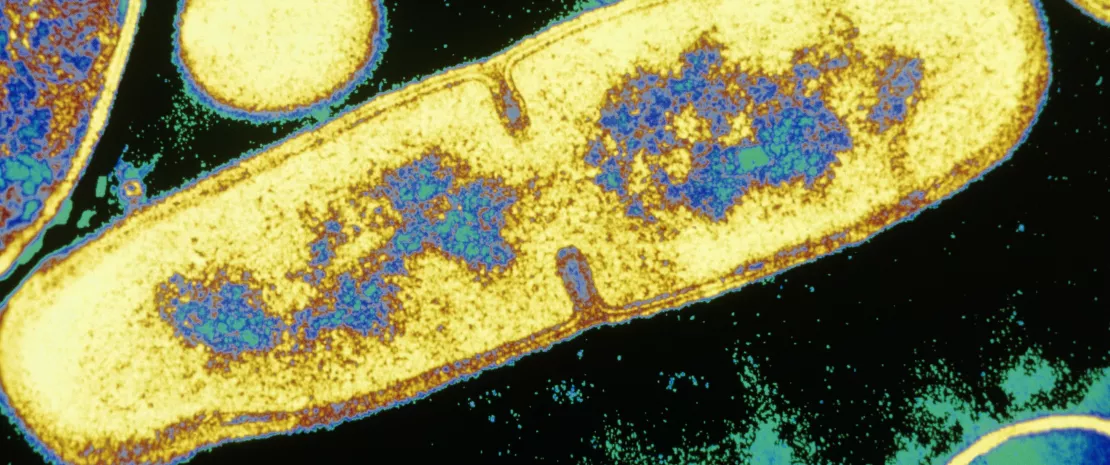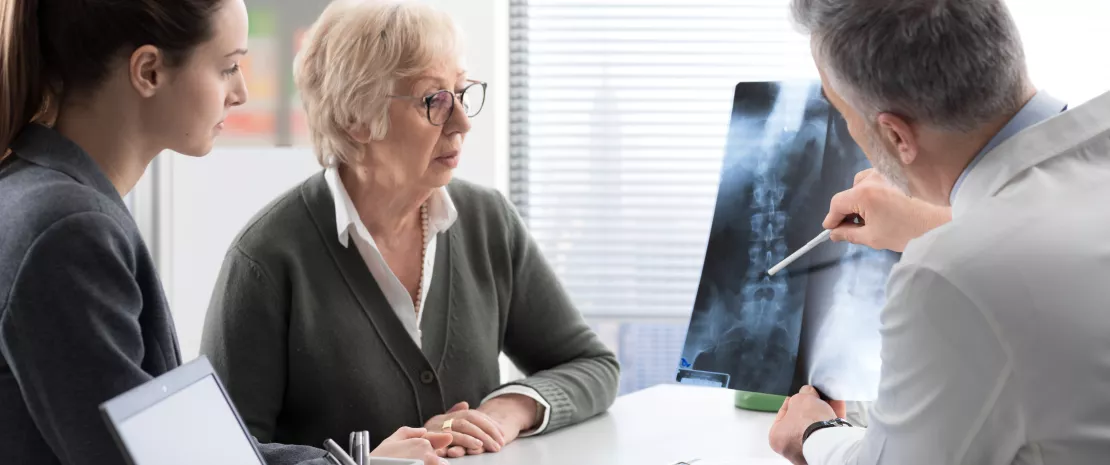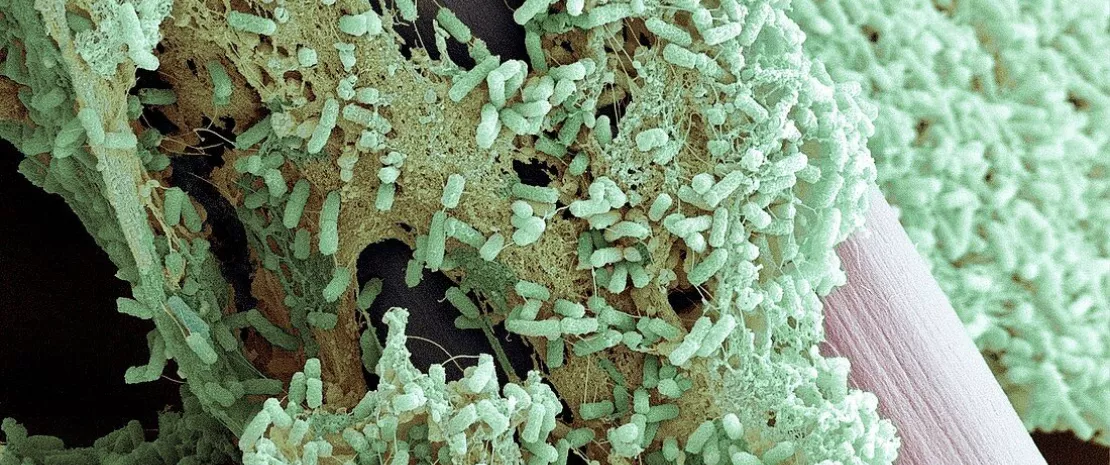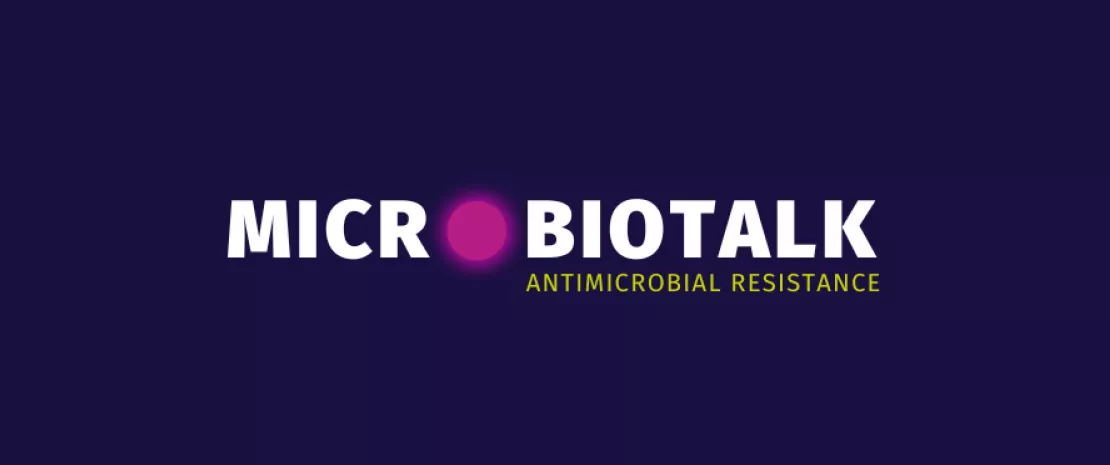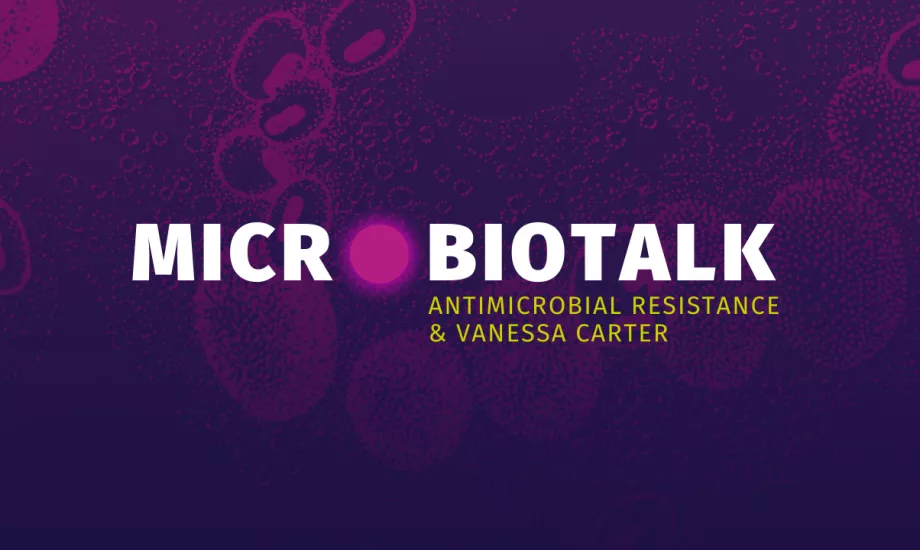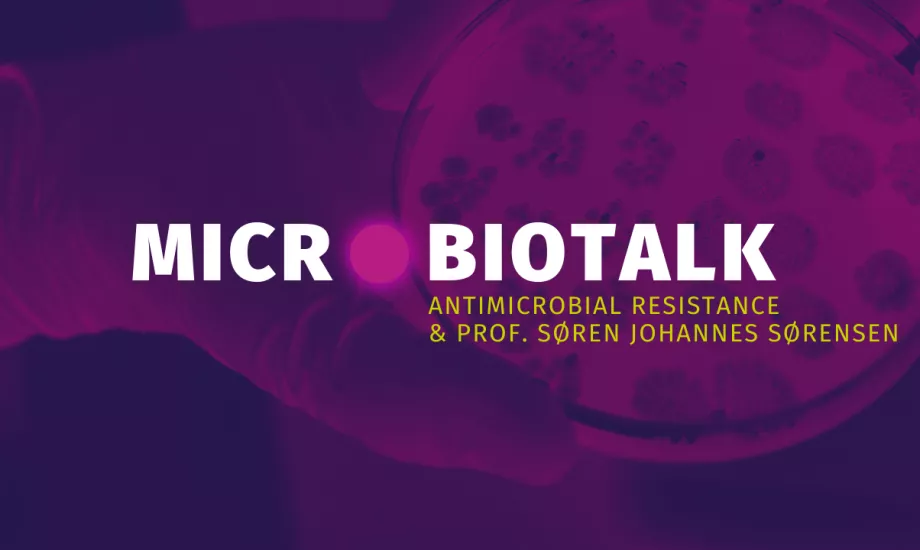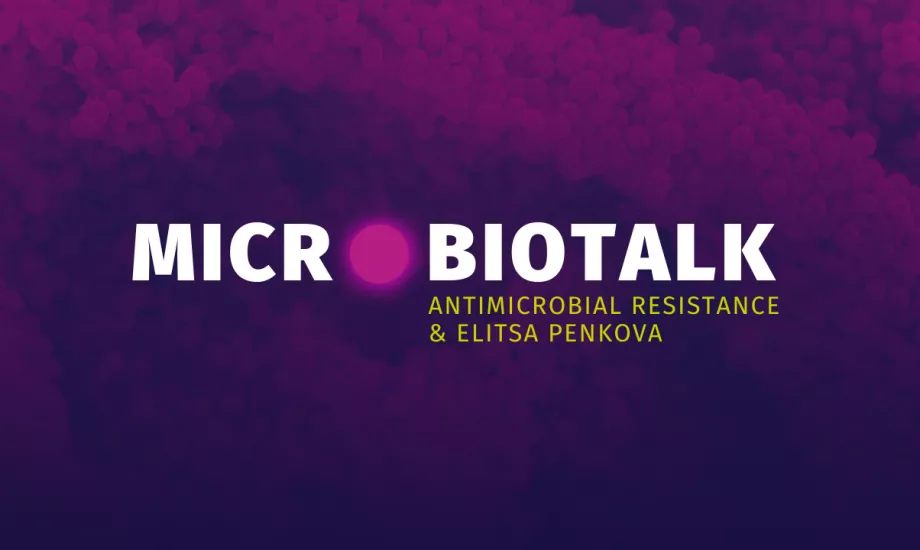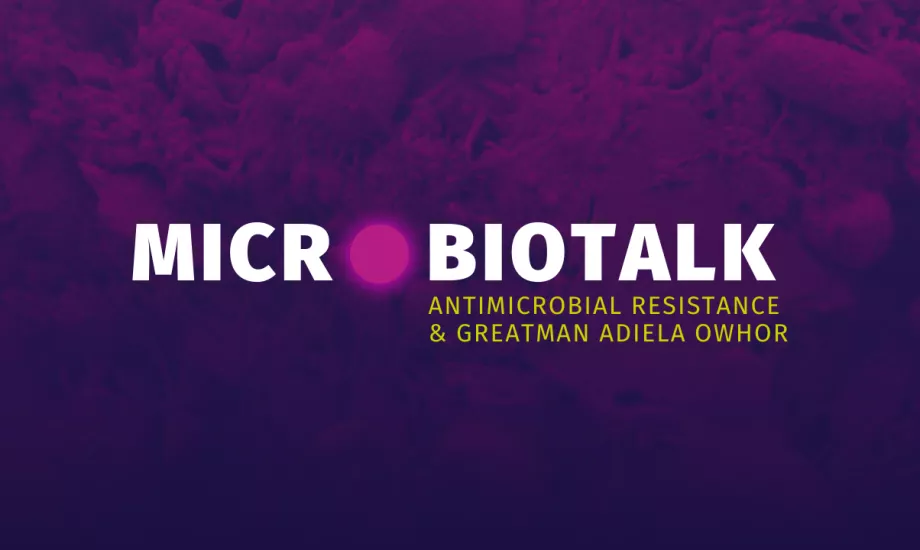So this was what I call my...or what was my last photo that was taken at the age of 25. On the right-hand side is my mother, our three generations photo, my grandmother and myself.
Very shortly after that,I ended up in a car accident in Johannesburg, South Africa. A car overtook us on the wrong side of the road. We went into a violent spin, and we hit into a concrete wall.
I was resuscitated at the scene and I was taken to the Charlotte Maxeke Johannesburg Academic Hospital,where I was put on life support,and I had multiple injuries to my abdomen, to my neck, to my back, and also to my pelvis, and a lot of broken bones on the right side of my face, and I also lost the right eye. So once I was discharged, I faced a nine-year journey ahead of me to reconstruct my face because it was a very complicated area and had a lot of damage to it. So this is basically a snapshot of what my journey looked like. So I had to implant a lot of prosthetics.
On my fourth prosthetic, that needed to be implanted about six years down the line, after being discharged from surgery, I went out shopping. I pulled down the rear-view mirror and I saw this discharge just coming out of my face. I got such a fright, I ended up phoning my plastic surgeon and he said: “this sounds like this could be an infection. We need to do an emergency surgery “, which we did. I got discharged.
Two weeks later, the infection was back again. They did a very similar surgery. They had to clean the prosthetic, and they had to do reconstructive surgery. I got discharged. But two weeks later, the infection came back again, looking worse. I was then admitted for a sinus drainage, because I wasn't just under the care of a plastic surgeon, I had a multidisciplinary team. I had to also consult with the ENT surgeon, with the maxillofacial surgeon, with the plastic surgeon, with an ophthalmologist. Each of them was giving differing opinions and prescribing antibiotics in between me seeing them all. And of course, as I said, I had those ongoing surgeries with the infection reappearing two weeks each time. So eventually, I hardly had a face left.
Eleven months from the first time that I saw that infection, and having that infection come back four times, it had eaten a lot of the tissue away, and they had to remove the prosthetic in emergency. And my plastic surgeon sent it for tests. This was the first time that I heard that word 'test'. So I phoned the pathology offices and I said, "Please, can I see a copy of it understand what's going on?" And when they sent it through to me, there were a lot of R's, there were about four or five S's, meaning I was... I'm sure most of you are working in microbiology, you know.
It meant I was either resistant or susceptible to the different antibiotics that were on the left-hand side. And I had a highly drug-resistant MRSA, a methicillin-resistant Staphylococcus aureus infection. My doctors had now given up on me, because this was just maybe too much damaged effects. Plus, I also had the problem of the infection, being a high-risk patient, with the infection coming back again.
I took my medical history. I must have contacted about 25 surgeons overseas, because in Johannesburg, in South Africa, we had a shortage of the type of doctor I needed. I connected with a doctor at Brigham and Women's Hospital in Boston, who gave me a 30-minute Skype call and direction of what I needed to do, which was basically to cut the bone, avoid any more foreign objects. We couldn't do plastic surgery. We had to do the maxillofacial surgery first. He said, now take that advice and go find a doctor in Johannesburg that mimics exactly what I said, which I did.
After visiting quite a few, I found a doctor. You can see him on the bottom right-hand side. His name was Professor Reyneke, and he performed the surgery, and it looked amazing. We couldn't believe that we had gotten rid of this deficit. It felt like it was worth all that hassle. Because it was basically a year from the time they took the prosthetic out to the time that we could get it fixed.
But like a bad case of déjà vu, the infection came back. This time not just in the skin, it was also in the bone. So I had osteomyelitis, and I had also developed an allergy to the topical antibacterial that they were using on the skin. At this point, you can imagine my heart sank, I completely lost hope, because I was not beating this resistant infection.
But Professor Reyneke basically started to rotate last-resort antibiotics. So he would have me on one for two weeks, for 10 days, I'd have to go back and he'd check it and he would put me on a different course depending on how I was responding to them.
And three months later, after doing that, it started to clear again. I then, probably about two weeks later, ended up in hospital with an adhesive bowel obstruction. My stomach, I think from all the use of those antibiotics,
I ended up having a section of my intestines removed. I also had adhesions problems, but of course, the antibiotics weren't helping the situation. After getting through that, this is kind of what the result was.
Again, nine years, just under 10 years of having to fight all of that. And of course, three years in total spent fighting resistant infections. When we were complete with that, and I haven't put all my slides in here, but one of the I got very frustrated about was because it was not common knowledge. Why was AMR, why was antibiotic resistance not being discussed with me as a patient?
I've done a lot of work since then. One of the things that I've done more recently is to establish a charity called the AMR Narrative, which focuses on advocacy capacity development and raising awareness, mainly focused on patients and the public. And of course, we work in the four different sectors, as my colleagues were just speaking about now, one health perspective.
This is an example of one of the training programs that we did in Brussels recently, in partnership with the European Patients Forum. We're actually teaching patients the basics of antibiotic resistance because those conversations are still not happening. This particular photo is of 30 young patient advocates with long-term health conditions that want to start advocating for AMR in their own regions. Here are a couple of snapshots, I've just come back from... I do a lot of events, but there's a few here that were taken at the United Nations General Assembly, which I'll talk a little bit about in the panel discussion in a minute, where I did the opening of the multi-stakeholder meeting together with the Deputy General of the United Nations and the President of the General Assembly. Very, very important is that political declaration that they've just worked on. I'll bring that up in a minute.
These are some of our tools and resources from the charity. If you go on to our website, you'll be able to see quite a few of them. We've also created a video for patients and the public to learn a little bit more in lay terms, because it is a very scientific topic. Our main aim is to make it understandable for everybody. And that would be it. This is how you would reach us on social media.
Thank you very much.
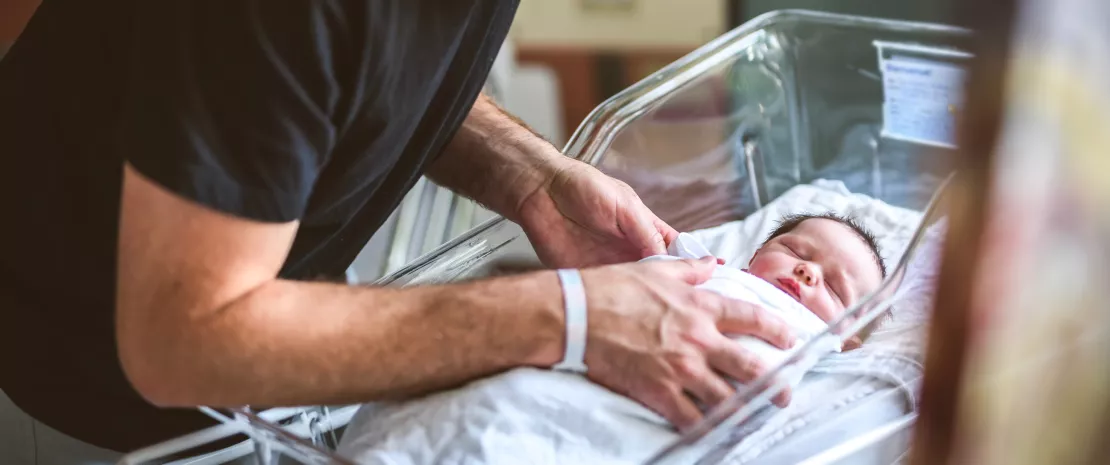
 Gut dysbiosis in men: what are the consequences for their children?
Gut dysbiosis in men: what are the consequences for their children?
 Mother-fetus interaction via the gut microbiota has been discovered
Mother-fetus interaction via the gut microbiota has been discovered


















